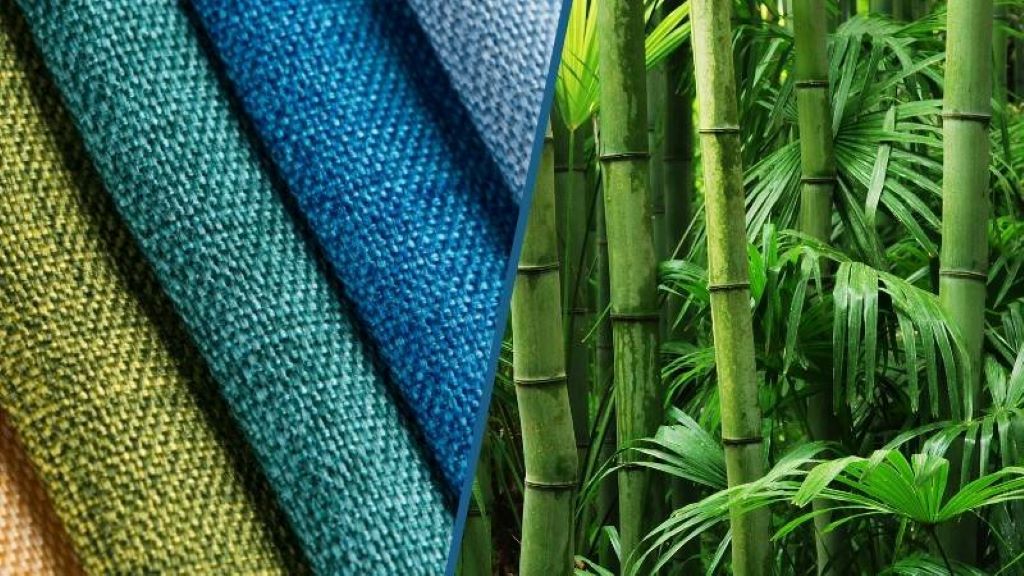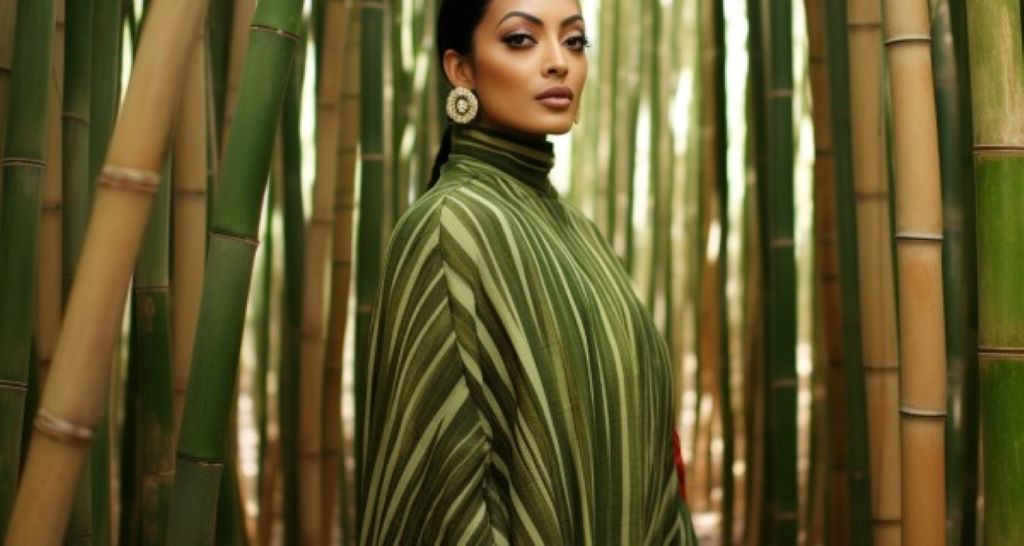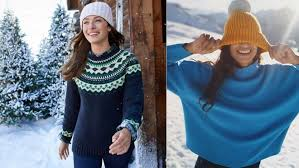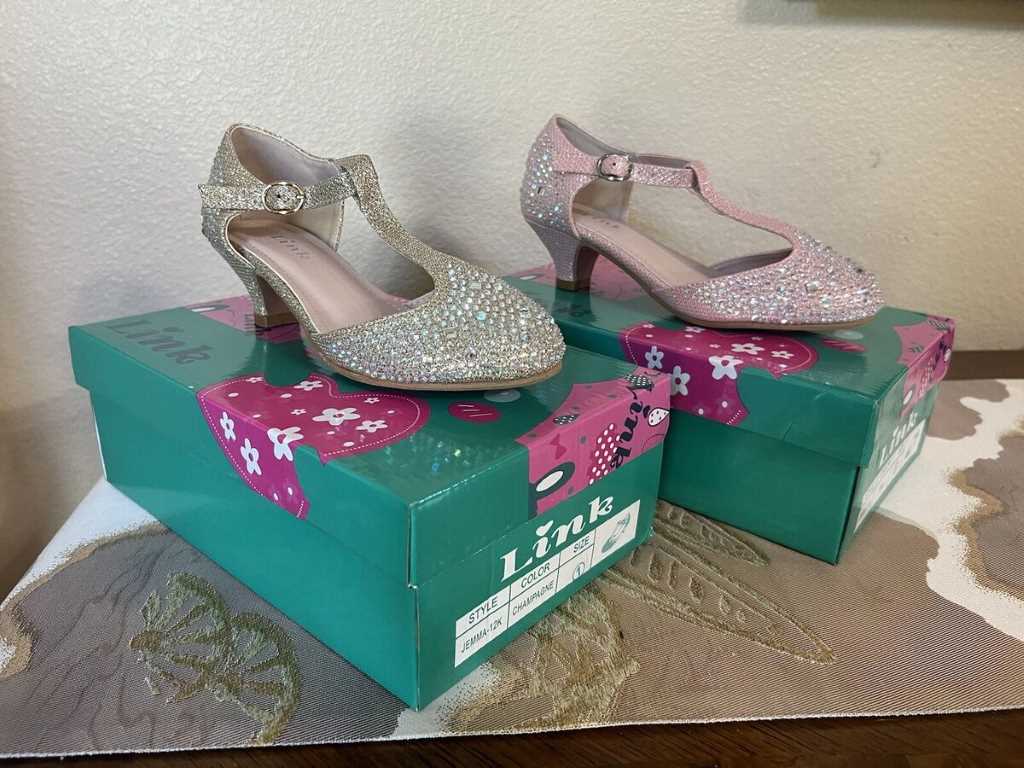The future of fashion is greener, and bamboo fiber clothing is at the forefront of this revolution. From its eco-conscious production to its unparalleled benefits for both consumers and the planet, bamboo clothing is setting a new standard for sustainable fashion. With the global fashion industry under scrutiny for its environmental impact, bamboo emerges as a game-changer, offering a blend of sustainability, comfort, and style. Let’s explore why this innovative material has everyone talking. Plus, for more eco-friendly products, explore Greenideasproducts, where sustainability meets innovation.
What is Bamboo Fiber Clothing?
Bamboo fiber clothing refers to garments made from fibers derived from the bamboo plant. These fibers are processed to create soft, breathable textiles used for a wide variety of clothing, including shirts, dresses, activewear, and undergarments. What makes bamboo stand out is its eco-friendly lifecycle—from cultivation to disposal.
Why Bamboo Fiber?
Unlike traditional materials like cotton or polyester, bamboo grows quickly, requires minimal water, and doesn’t rely on harmful pesticides or fertilizers. This makes it one of the most sustainable raw materials in the world. Moreover, bamboo’s ability to regenerate after harvesting ensures that its production does not deplete resources.
The Growing Demand for Sustainable Fashion
The fashion industry is one of the largest polluters globally, accounting for around 10% of the world’s carbon emissions and nearly 20% of wastewater production. As consumers become increasingly aware of these environmental issues, they are seeking alternatives that align with their values.
Bamboo fiber clothing answers this demand perfectly. It offers an ethical, environmentally friendly solution without compromising on quality or aesthetics. Leading brands are now incorporating bamboo into their collections, marking a pivotal shift toward sustainability.
Benefits of Bamboo Fiber Clothing
Environmentally Friendly
Bamboo absorbs carbon dioxide and produces 35% more oxygen than an equivalent stand of trees, making it a powerhouse for combating climate change. Furthermore, its growth requires no chemical fertilizers, which reduces soil and water contamination.
Biodegradable
Unlike synthetic fabrics like polyester or nylon, bamboo fiber clothing decomposes naturally, leaving no toxic residue behind. This ensures that the end of its lifecycle is as eco-friendly as its beginning.
Breathability and Comfort
Bamboo fibers have a natural hollow structure that enhances breathability, moisture absorption, and temperature regulation. Whether you’re facing a hot summer day or a chilly evening, bamboo clothing adapts to your body’s needs.
Hypoallergenic Properties
For individuals with sensitive skin or allergies, bamboo is a blessing. Its naturally smooth fibers lack sharp spurs, reducing skin irritation and making it a top choice for baby clothing and undergarments.
Durability
Bamboo fiber clothing is impressively strong, ensuring long-lasting wear even after multiple washes. Unlike fast-fashion items, which degrade quickly, bamboo garments maintain their integrity, helping reduce waste.
How Bamboo Fiber Clothing is Made
The production of bamboo textiles can be broken down into two primary methods:
Mechanical Process
In this eco-friendly method, bamboo stalks are crushed into a pulp using natural enzymes. The fibers are then combed out and spun into threads. While this process is labor-intensive, it produces an organic fabric with minimal environmental impact.
Chemical Process
This involves using chemicals like sodium hydroxide to dissolve bamboo pulp into a viscous solution, which is then spun into fibers. Although this method is less sustainable, advancements in closed-loop systems are making it safer by recycling the chemicals used.
The Role of Technology in Sustainable Fashion
Advancements in textile technology are making it easier to process bamboo fibers efficiently and sustainably. From innovative enzyme-based treatments to waterless dyeing techniques, technology is helping bridge the gap between eco-friendliness and scalability.
Moreover, as the industry shifts toward circular fashion, bamboo clothing’s biodegradability ensures that it aligns perfectly with this model, reducing the strain on landfills.
Is Bamboo Fiber Clothing Affordable?
Many people assume that sustainable fashion comes with a hefty price tag. However, bamboo clothing is surprisingly affordable, especially when you consider its durability and long-term benefits. While the initial cost may be higher than fast-fashion items, the longevity and quality make it a cost-effective choice in the long run.
Sustainability Beyond Bamboo
Although bamboo fiber clothing is a fantastic step toward sustainable fashion, it’s important to embrace other eco-friendly practices. Consumers can further reduce their environmental footprint by:
- Supporting brands with transparent supply chains.
- Choosing secondhand or upcycled clothing.
- Reducing consumption by investing in quality over quantity.
- Exploring renewable energy initiatives like wind energy. Wondering “how does wind energy work”? Learn more when you click on https://greenideasproducts.com/renewable-energy/how-does-wind-energy-works/.
The Ethical Side of Bamboo Fiber Clothing
Fair Labor Practices
Ethical brands producing bamboo clothing often prioritize fair wages and safe working conditions. This ensures that the push for sustainability does not come at the cost of human welfare.
Empowering Local Communities
Many bamboo farms are located in developing countries, where cultivating bamboo provides employment opportunities and supports local economies. By choosing bamboo clothing, you’re contributing to these communities’ well-being.
Bamboo Fiber vs. Other Eco-Friendly Fabrics
How does bamboo compare to other sustainable materials like organic cotton, hemp, or Tencel?
- Bamboo vs. Cotton: Bamboo requires significantly less water than cotton, making it a more sustainable option.
- Bamboo vs. Hemp: While both are highly sustainable, bamboo is softer and more versatile for various clothing types.
- Bamboo vs. Tencel: Tencel is another excellent eco-friendly fabric, but its production relies heavily on eucalyptus trees, which take longer to grow than bamboo.
Challenges Facing Bamboo Fiber Clothing
While bamboo clothing has many advantages, it’s not without challenges:
- Lack of Consumer Awareness: Many people remain unaware of bamboo’s benefits.
- Processing Concerns: The chemical process for producing bamboo viscose can be harmful if not properly managed.
- Greenwashing Risks: Some brands falsely market bamboo clothing as 100% eco-friendly, misleading consumers.
However, as awareness grows and technologies improve, these challenges can be addressed effectively.
You Might Enjoy: How to Apply Mink Oil to Boots: A Step-by-Step Guide for Long-Lasting Care
The Future of Bamboo Fiber Clothing
With sustainability becoming a central focus for both consumers and brands, the future looks bright for bamboo fiber clothing. Innovations in eco-friendly processing methods, coupled with growing consumer demand for ethical fashion, are set to make bamboo a staple in wardrobes worldwide.
Governments and organizations are also stepping in, providing incentives for sustainable practices and promoting materials like bamboo. This collective effort will undoubtedly accelerate the shift toward greener fashion.
FAQs
What makes bamboo fiber clothing sustainable?
Bamboo grows rapidly, requires minimal water, and doesn’t need chemical fertilizers, making it a highly renewable resource. Its production has a lower environmental impact compared to traditional textiles.
Is bamboo fiber clothing suitable for all seasons?
Yes! Bamboo fibers naturally regulate temperature, keeping you cool in summer and warm in winter.
How can I identify genuine bamboo fiber clothing?
Look for certifications like OEKO-TEX or GOTS, which verify eco-friendly and ethical production practices.
Does bamboo clothing require special care?
Not necessarily. Bamboo garments can typically be machine-washed on a gentle cycle. Avoid harsh detergents to maintain fabric integrity.
Is bamboo fiber clothing biodegradable?
Yes, it decomposes naturally, leaving no harmful residue.
Can bamboo fiber clothing compete with fast fashion?
While fast fashion prioritizes low cost over quality, bamboo clothing offers long-lasting, sustainable alternatives, gradually challenging the fast-fashion model.
Conclusion
Bamboo fiber clothing is more than just a trend; it’s a transformative movement in sustainable fashion. Its environmental benefits, combined with comfort and durability, make it a compelling choice for eco-conscious consumers. While challenges remain, the growing awareness and innovation in the industry paint a promising future for bamboo apparel. By making informed choices and supporting sustainable practices, we can all play a part in shaping a greener world.




